
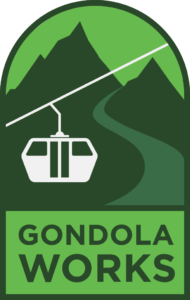
THE GENERATIONAL SOLUTION FOR LITTLE COTTONWOOD CANYON
YEAR-ROUND ACCESS FOR ALL UTAHNS
What We’re Solving For
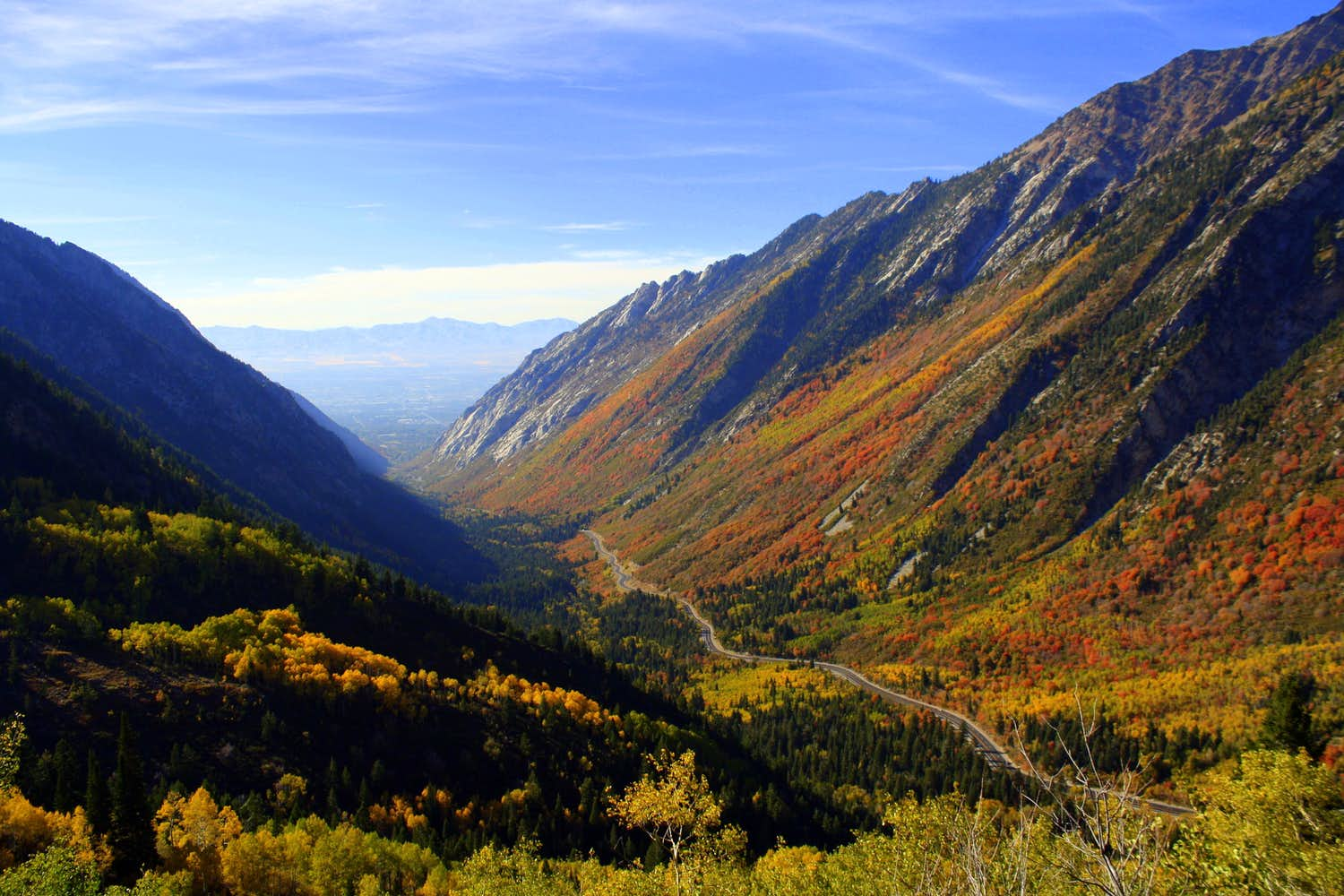
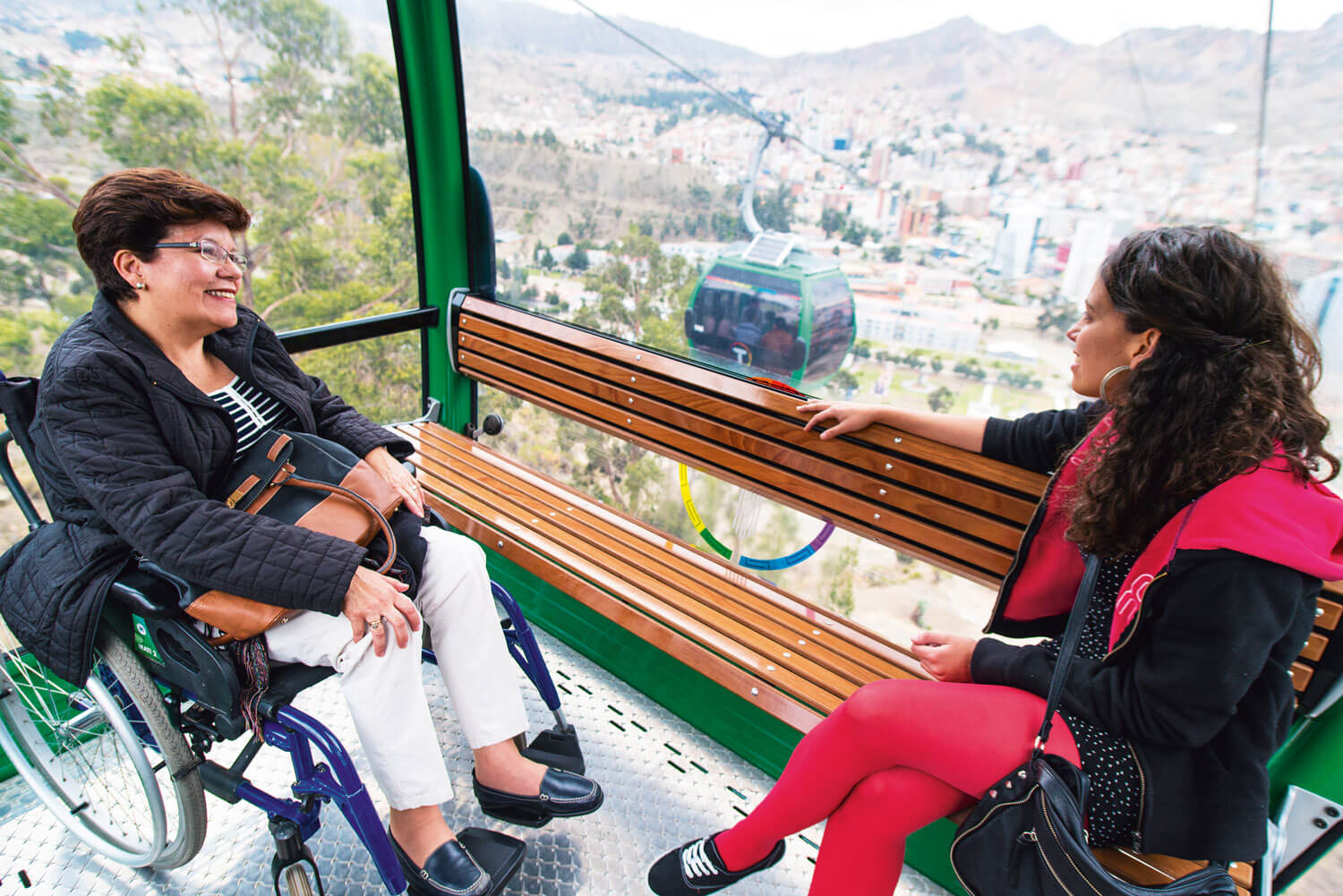
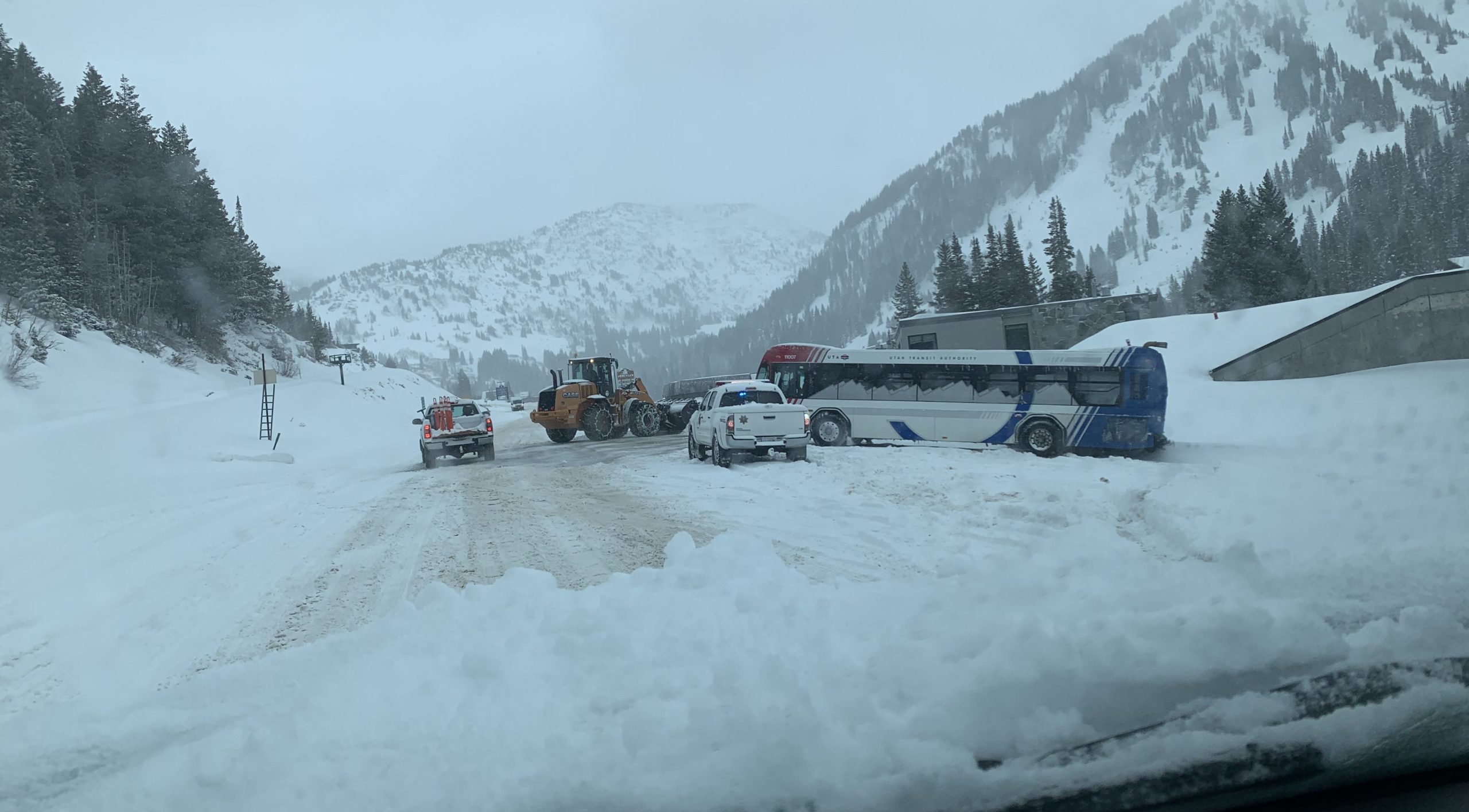

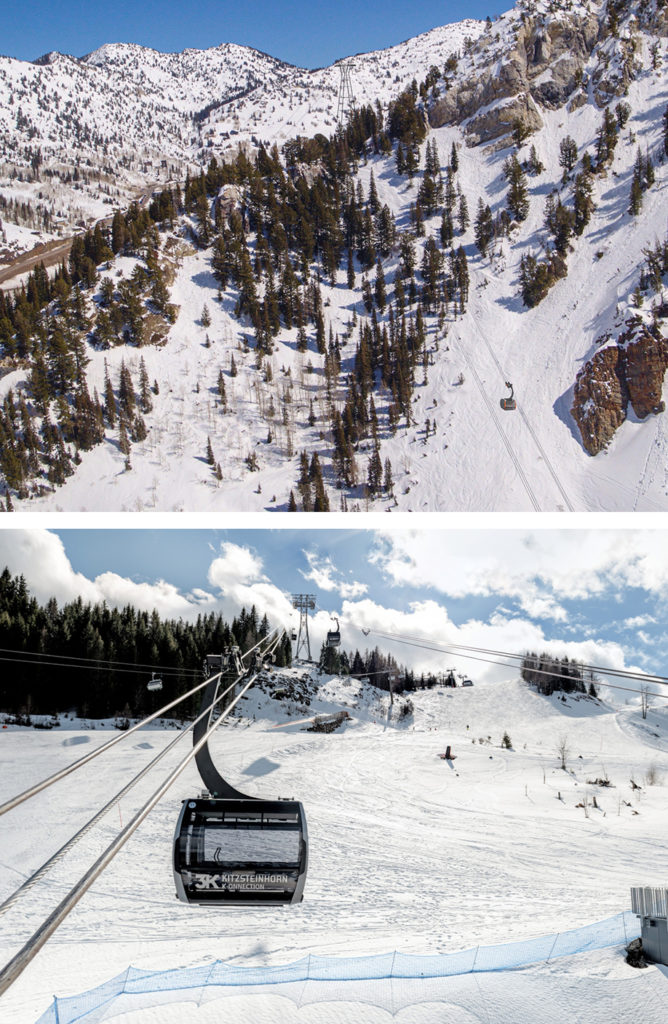
Solution — Why Gondola Works
The growth in the Salt Lake Valley has brought along with it increased mountain recreation, particularly in beautiful Little Cottonwood Canyon. The year-round transit challenge is the result of avalanches, landslides, and auto and bus traffic. Doing nothing keeps us on the same unsustainable trajectory we’ve been on for decades. With UDOT’s proposed zero emission, high-capacity, sustainable gondola, now is our chance to solve the congestion that exists now and preserve Little Cottonwood’s mountain access for the future.
Cheapest option
- $521 million gondola & base station
- $7.7 million year-round operation & maintenance
- Public/private funding opportunities
Clean & quiet
- Carbon neutral, electric system doesn’t impact Wasatch Front air quality
- Gondola cars generate electricity for in-cabin functions
- Nearly silent cable system maintains natural experience
Safe & reliable
- Provides secondary route in/out of canyon in emergency
- Withstands winds up to 60 mph
- Eliminates need for road travel in inclement weather
- Reliable transportation for canyon workforce
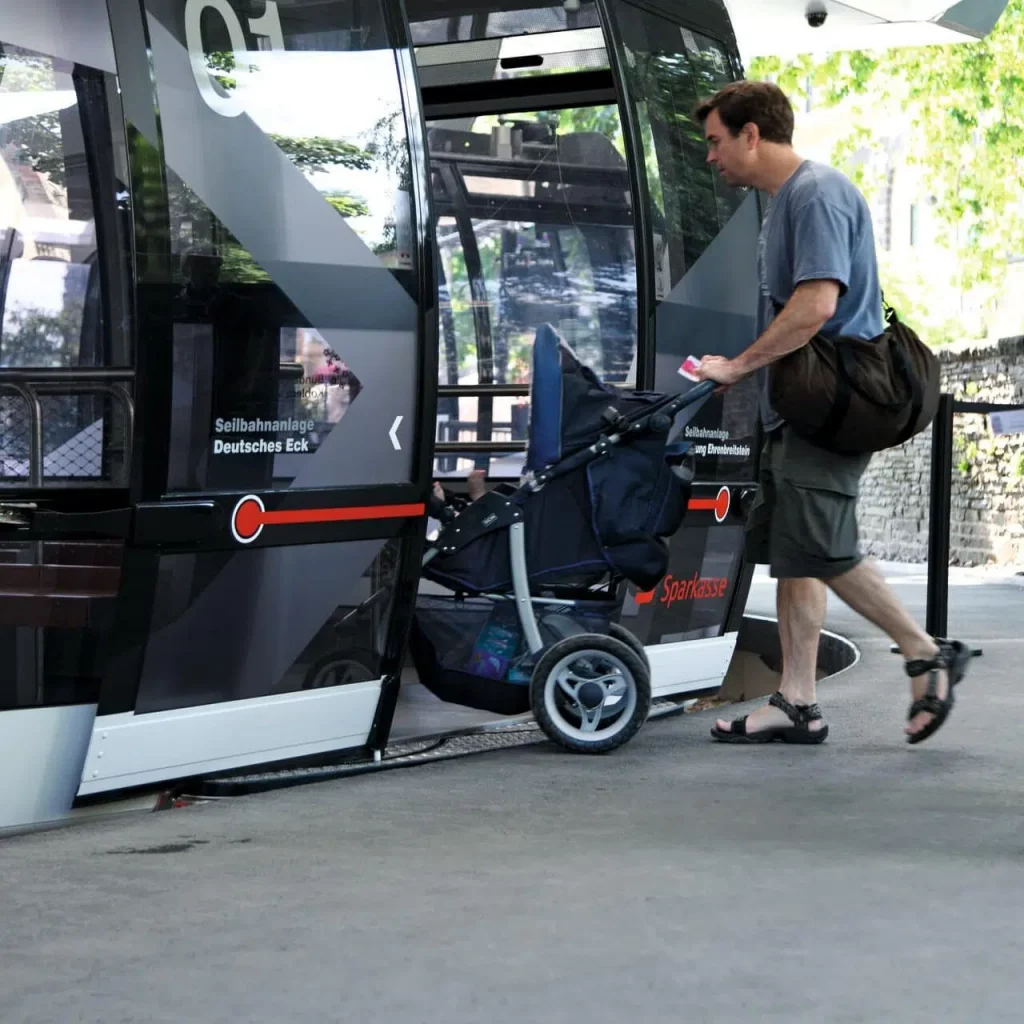
Access for everyone
- Year-round access for all Utah families, not just high-impact users
- Increased access for those with mobility challenges or disabilities
- Flexibility to increase and/or decrease capacity in canyon real-time
Watershed & wildlife
- Protects watershed, habitat, wildlife movement
- Only 2 acres of canyon land impacted
- Requires 22 towers with minimum concrete, pavement & construction impact
Next generation innovation
- Long-term system that protects canyon for next generation
- World-class cities are building gondolas as clean, efficient transportation system
- Enhances canyon visitor experience
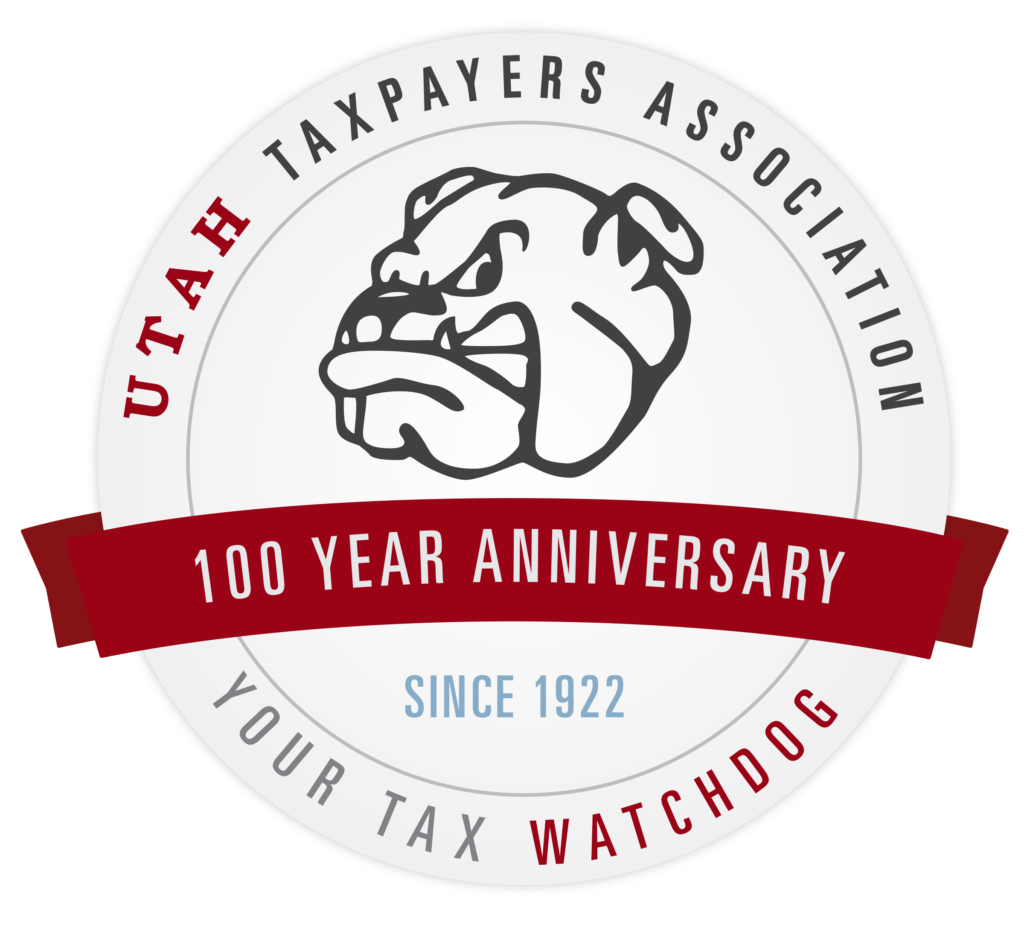
The Utah Taxpayers Association supports the gondola as “the most taxpayer-friendly solution of the alternatives”
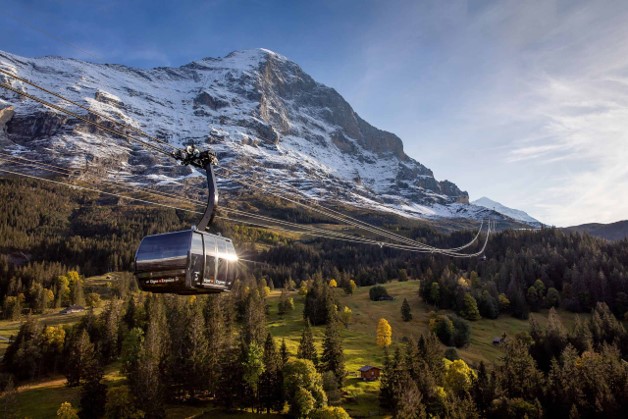
Gondola System
- 22 towers along 8-mile route
- Adding 23rd tower would bring average height to 169 feet
- Tricable car system allows for greater tower spacing
- Cabin can arrive every 30 seconds
- 37 minutes from base station to Alta
- Transport capacity of up to 4,000 passengers/hour
- Transport people and supplies
- 32 seats per cabin
- In-cabin Wi-fi, electricity
- Proposed base station includes:
- Passenger drop off
- Bus lanes
- Below-road grade parking structure with 2,500 stalls
- Lockers & amenities
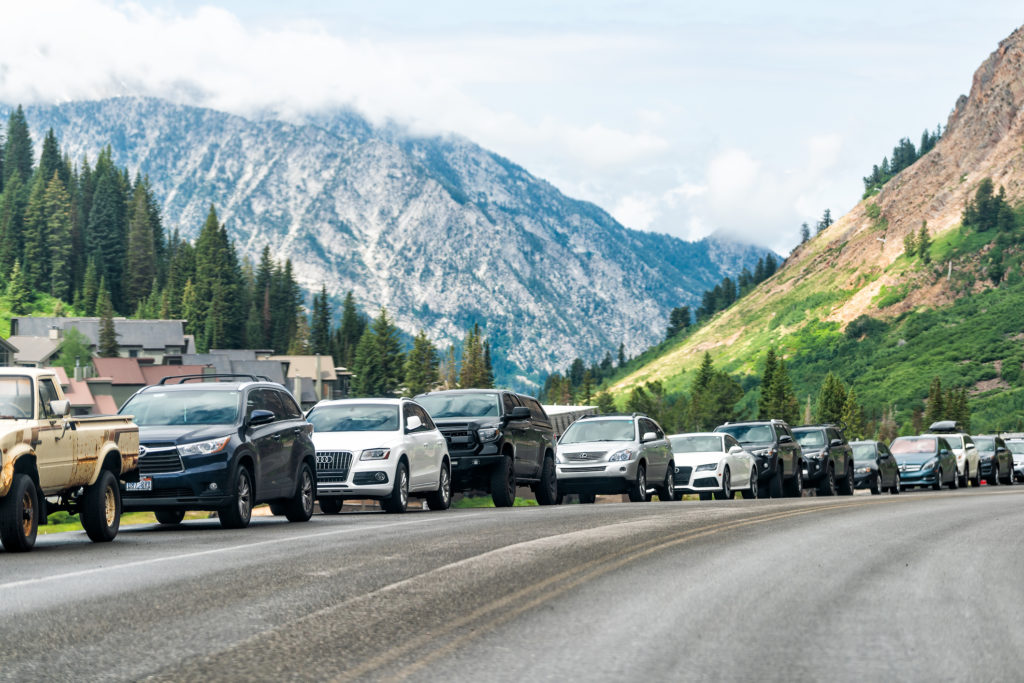
The gathering places at Snowbird and Alta are accessed by the public year-round. A vehicle count study by Streetlight Data shows 84% of the daily average vehicle count heading into Little Cottonwood Canyon from May-October end up at Alta and Snowbird.
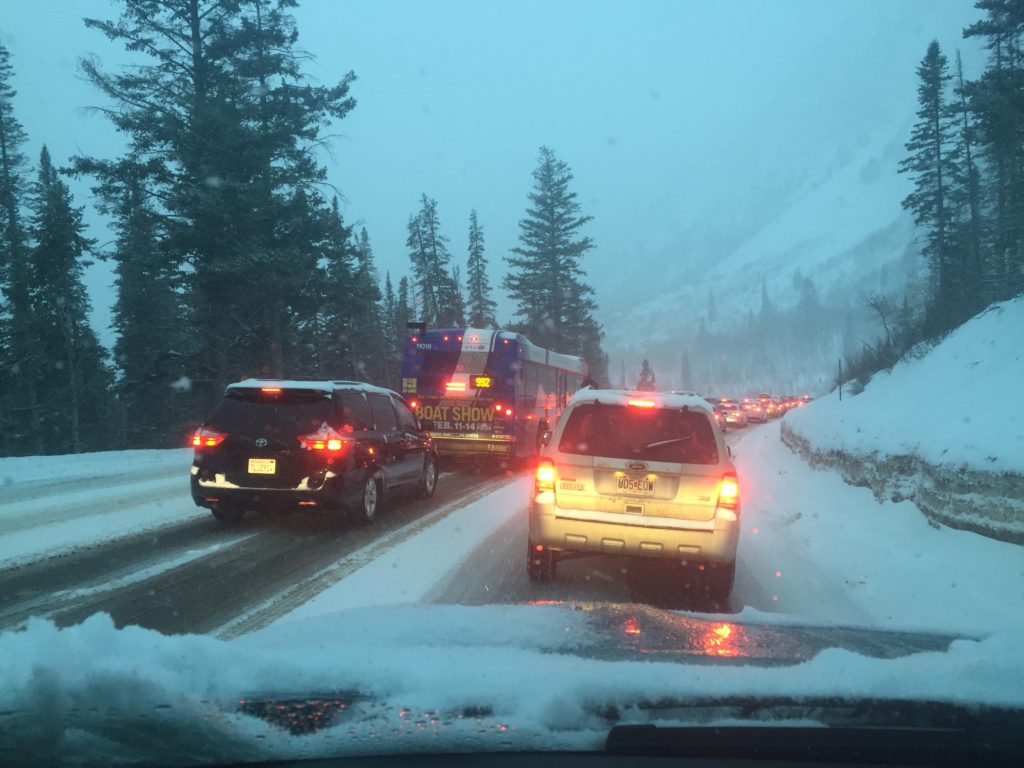
Why not buses?
Roads are not the future of our transportation troubles in the canyon, and buses perpetuate the problems we face now. Buses are NOT an environmentally-responsible, practical solution to gridlock. UTA has stated they can remove a maximum of 30% vehicular traffic only with clear weather conditions, dedicated bus lanes, and dedicated annual funding. Buses require widening the road which means blasting apart the canyon and permanently destroying at least 50 acres of wilderness. To serve the current population, the number of canyon buses would increase by 320%, all spewing diesel exhaust into the air and resulting in a bus passing each other every 75 seconds! If just one of those buses gets stuck – nobody is getting through. The cost to taxpayers to operate a bus system five months out of the year is MORE than what it takes to run the operations of the gondola all year long.
Roads are NOT the answer.
Frequently Asked Questions
How much will the Gondola cost?
- A gondola system is estimated between $500 million and $550 million for the gondola system and the base station. UDOT is proposing an additional $208 million to improve Wasatch Boulevard, trailheads, and add tolling and snowsheds – which are not needed for the gondola. The annual cost to operate and maintain the gondola is under $8 million, which is less than the annual cost for buses – and the gondola system lasts three times longer.
- Contrary to rumors you may have heard, a cost per fare to ride the gondola has not been determined. Fare analysis will be determined as part of final design and operations discussions. Tolling will also be implemented as part of the transportation solution, and UDOT has said the cost to ride would be significantly less than a toll.
Who is going to pay for this?
- As a UDOT project, a gondola would be a state capital project just like other transportation or road projects.
- A gondola’s operation and maintenance would be paid by users. The gondola offers several revenue streams to support its long-term operation, instead of relying on taxpayer dollars alone. This could include public-private partnerships for things like capital investment, day-to-day management, etc.
- Ski resorts have offered to pay for all employees and passholders rider fees, as they currently do with bus riders.
- On the other hand, UTA’s bus operating costs are subsidized 85% by all Utah taxpayers using the 1% sales tax collected and distributed to UTA by the State, which is how the bus system operation and maintenance in Little Cottonwood Canyon would be paid for.
Why should taxpayers support a project that benefits ski resorts?
- More than just skiers will use the gondola, as it is a year-round option that provides the same parking relief in winter to the summer months. A gondola can be its own attraction to experience the canyon, and provide access for those with disabilities.
- Skiers account for most of the users of our canyons. These users also want to use the canyon at the same time, on the same days, which is where the Gondola is unique in solving the ski bottleneck while providing equally efficient access for summer users. We can’t forget the neighborhoods which are greatly impacted by this problem when canyon travel is blocked by traffic not to mention all of us breathing in the emissions produced by idling cars headed up the canyon.
- Addressing those issues is a benefit to all of us – just as a new interchange in Utah County is seen as a benefit to the entire state, even if not every Utahn uses that particular interchange. Safety is a major issue in our canyons and a gondola provides secondary egress for all canyon visitors and residents in the case of an emergency or road closure.
How many stops will the gondola have?
- The current proposal includes a stop at Snowbird and at Alta, as these are the areas prepared with the resources needed to handle crowds, whereas other places within the canyon are not. Additional stops could be added, but they would add to the travel time and the cost. Gondola Works recommends a gondola system paired with a free shuttle to serve trailheads and other recreation areas in Little Cottonwood Canyon.
- Gondola stops and bus stops are planned to be the same, there will not be additional stops for enhanced bus service. With a four-lane road, all roadside parking is also eliminated. This will create an access problem to those wanting to use lower canyon areas for recreational opportunities including bouldering, climbing and hiking.
Won’t a gondola bring more people up the canyon?
- A gondola preserves the canyon for future generations because it solves the congestion that exists now and offers a way to control access in the future. Doing nothing keeps us on the same unsustainable trajectory. Gondola creates options for policymakers about how many cars and how many people are allowed – so that the question of users can be addressed in the future, but we clean our air and stop damage immediately.
- During peak travel times, a 32-passenger cabin could arrive every 30 seconds and move those visitors off the road at a rate of 4,000 people per hour. During lower demands or times where visitor limits might be considered, the operator can adjust the number of cars offered. The gondola, in coordination with in-canyon vehicle tolling, can be used to limit the number of daily visitors.
- Our canyons are a valued asset for Utahns’ quality of life, as well as an important contributor to our economy. The gondola option accounts for both.
Why do we need to do any of this? Why can’t Snowbird and Alta just stop offering the IKON Pass?
- While Snowbird has only been on the IKON Pass for three years, traffic in Little Cottonwood Canyon is not new. We need a long-term, year-round solution to let people enjoy our canyon. More people are coming, IKON or not.
Why are snowsheds included in UDOT’s plan for the gondola?
- Snowsheds are a specific way to keep the road clear in frequent avalanche areas. However, these costly, concrete tunnels only address three of the 64 avalanche paths and are an expense not needed with a gondola.
How will construction of a gondola system impact the land?
- A gondola takes less time to build and has far less impact on the land and environment than doubling the size of the road up the entire canyon.
- The gondola towers will displace about 2 total acres of canyon property, compared to the destruction of 50 acres needed to expand to a four-lane highway for buses.
- UDOT has identified 41 climbing boulders that would be removed with road widening, as opposed to just 2 climbing boulders impacted by the gondola.
- A gondola has no impact to streams and the watershed. Widening the road impacts double the acres of wildlife habitat than gondola.
I don’t want to ruin the canyon view, what would the gondola towers look like?
- Placing the gondola base station at La Caille moves it away from the mouth of the canyon to preserve that viewshed. Gondola towers are much less impactful on the canyon views than over a half-mile of concrete tunnels and a wider road.
- Final engineering is in the next phase of planning, but current planning suggests 22 gondola towers. Gondola Works has proposed to UDOT adjustments to the current plan that would add a tower going into the canyon, therefore lowering the height of the tallest tower from 264 feet to 101 feet. In this proposal, the average height of all the towers would be 169 feet.
- The reduction of vehicles and their emissions will also help the viewshed in terms of air quality. A gondola is also the only option that offers a new view, with a never-before-experienced angle that makes the canyon more accessible to those who simply want to take in its beauty.
Can the gondola run in high winds?
- The Doppelmayr 3S system is designed to operate with 60 mph sustained winds and 80 or 90 mph gusts. With the exception of active avalanche control, the gondola can run in nearly every weather condition.
- The gondola provides critical secondary access by opening another route into and out of the canyon. Gondola cabins do not get stuck in snow, slide off the road, or crash into other vehicles. The three-cable system has a proven international record as a safe, reliable transportation option that can run year-round, including when the road is closed to clear avalanche debris and traffic accidents.
Will the Gondola be noisy?
- The gondola is electric and runs along a nearly silent cable system resulting in decibel levels less than noise levels in the canyon today. The proposed bus system would have a bus every 75 seconds (48 buses in the canyon at any given time) generating tremendous noise and diesel emissions.
Why can’t we just use electric buses and leave the road how it is?
- The LCC gondola system is a zero-emission alternative in the canyon to the road-based options, that can be implemented immediately providing the only way to address critical air quality concerns. Diesel buses produce 5x more CO2 than a gondola system over a 30-year period.
- The steep geography and traction issues of the canyon require specialized buses that cannot run for long periods of time on electricity or alternative fuel. The electrical life of a bus is 5 hours, which would require at least 96 electric buses to achieve capacity – costing an additional $60 million for the fleet.
- Even when the technology is developed to replace diesel buses with a cleaner solution, the market will demand that technology replace bus fleets on the valley floor long before the niche market of ski bus fleets.
How does the base station at La Caille improve traffic?
- Every snow day, people line up their idling cars for hours waiting for avalanche control efforts to be completed and debris from the road to be cleared. With a gondola – those skiers can park or be dropped off by a friend or bus at the base station and on their way to fresh powder while the road is still closed – eliminating stopped traffic on neighborhood roads on the way to the canyon.
- The key to any canyon transportation solution will be ease of use and connections to mass transit. The base station at La Caille ties into regional transportation hubs, connecting mass transit routes from across the valley to Snowbird and Alta. It also provides new options for bus turnaround and access that takes them out of traffic.
- Parking and base station drop off is necessary for any canyon solution, and the La Caille base station provides that key element. A tolling system for car access is a likely component of any option chosen in order to motivate people to use mass transit, and we recommend that toll be higher than the cost to take the gondola.
How long will it take to get up the canyon?
- From the base station to Snowbird is a little over 30 minutes, to Alta it’s about 36. A gondola allows for more regular and dependable travel times, so people can know exactly how long it will take to get up or down the canyon. Variable road conditions don’t allow for that kind of reliability.
Does a gondola require the expansion of Wasatch Boulevard?
- A gondola doesn’t require expansion of Wasatch Boulevard to four lanes. Gondola Works supports increased mass transit options to the base station, as well as a parking structure.
Will low-income visitors be able to afford a gondola?
- Because of its ties to existing mass transit, everyone would have access to the gondola. Gondola Works supports programs providing free admission events to create barrier free access for all those who want to experience the gondola.
Process
In July 2023, UDOT issued its Record of Decision selecting the gondola as the least impactful project to the environment and the most reliable, safe, and cost-effective way to serve mass transit needs.
During this rigorous four-year Environmental Impact Statement process, UDOT narrowed 124 original concepts to the gondola option. The study took into account the roads and regional transportation systems that interface with Little Cottonwood. With more than 50,000 public comments, this EIS was the most engaged public process in Utah transportation history.
Federal, state and/or private funding is now being identified for this state project, which has already attracted outside capital investment interest with public/private partnership opportunities available for operations.
In The News
About Us
Gondola Works is a diverse coalition of stakeholders, canyon users and businesses who believe solving the long-term transportation problems of Little Cottonwood Canyon is a generational challenge and now is the time to get it right. Involved organizations include:
- Snowbird
- Alta Ski Area
- POWDR
- Ski Utah
- UCAIR
- Love Communications
- Exoro Group
- CW Management
Gondola Works supports a high-capacity gondola that can operate in all weather conditions with low carbon emissions is the strongest transportation solution for Little Cottonwood Canyon. As the most avalanche-prone highway in North America, rubber-tired vehicles are not a long-term solution for carrying people safely on SR 210. Due to heavy snowfall, vehicle traction is the cause of many unacceptable traffic delays in Little Cottonwood and gondola removes that variable from the transportation equation. Protecting the natural resources of the canyon including the air, watershed, wildlife habitat and land is imperative. The gondola is a cost-effective, minimally impactful transportation solution that can handle today and tomorrow’s Wasatch Front population.
Join Us
Join us to let people know about the gondola by posting on social media or writing a letter to the editor.
We have resources to help get the word out.
Stay In The Loop
Join us as we rally our community around the gondola for Little Cottonwood Canyon. Sign up and we’ll notify you on updates for the project, UDOT public forums, and community call-to-actions.




